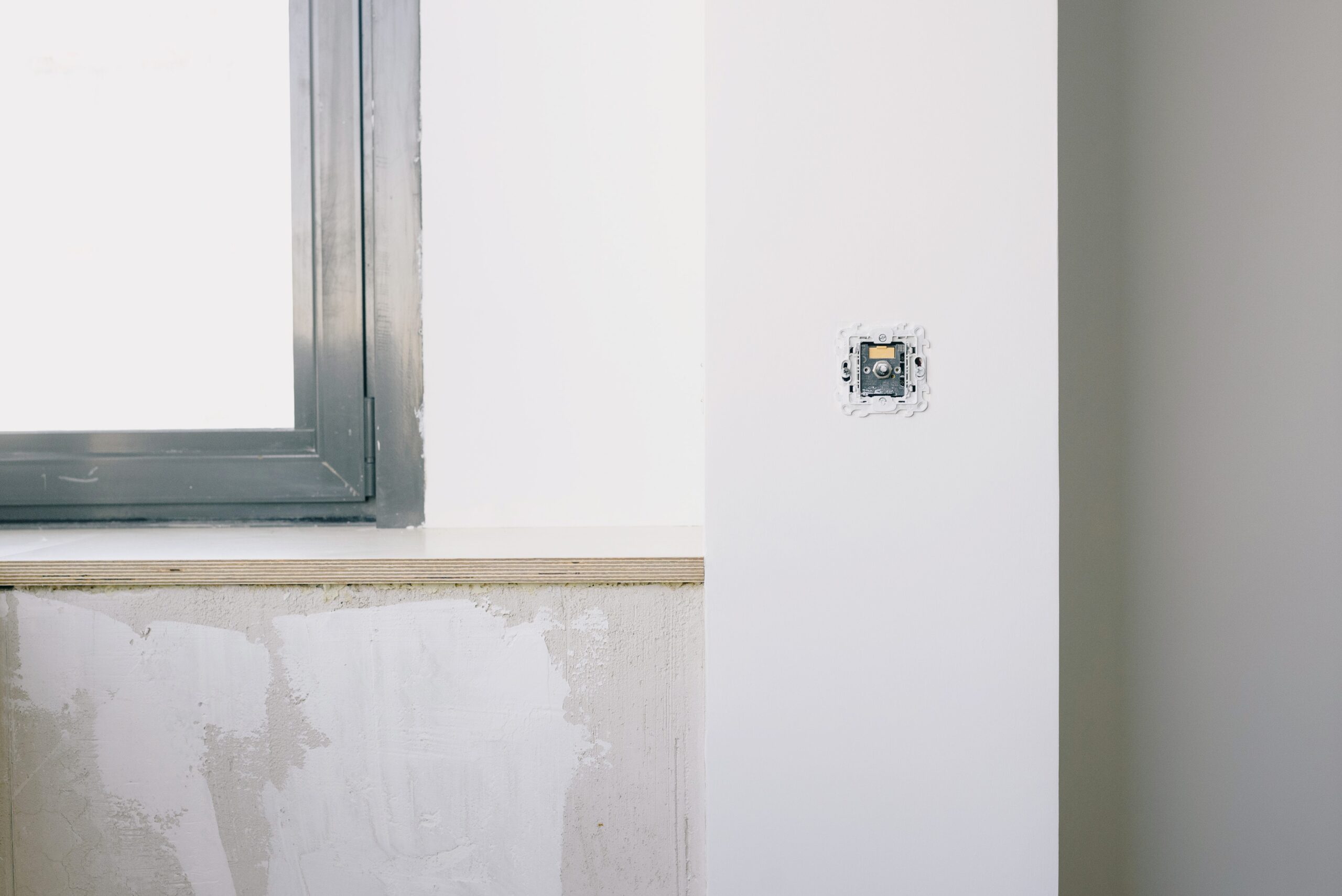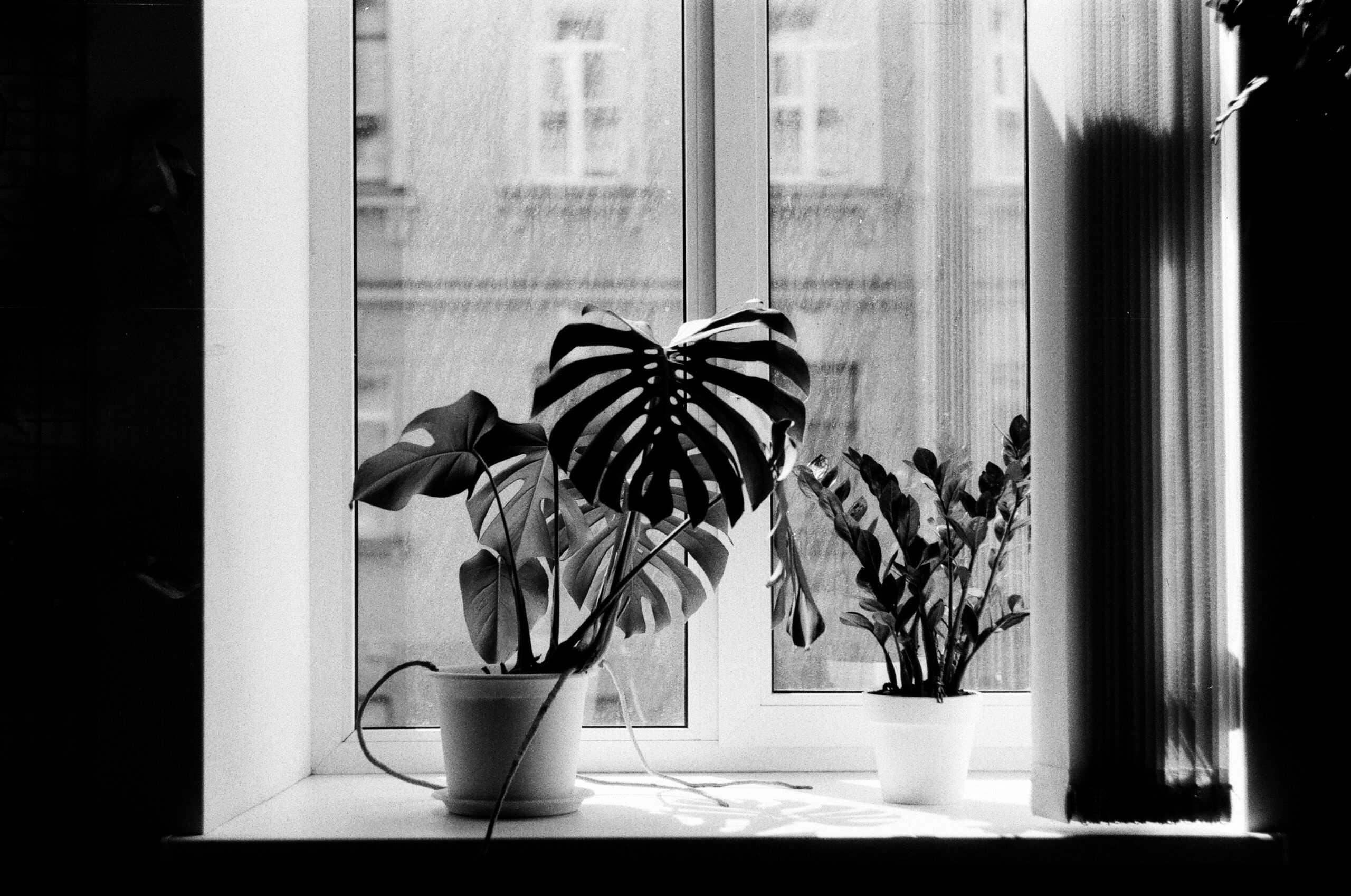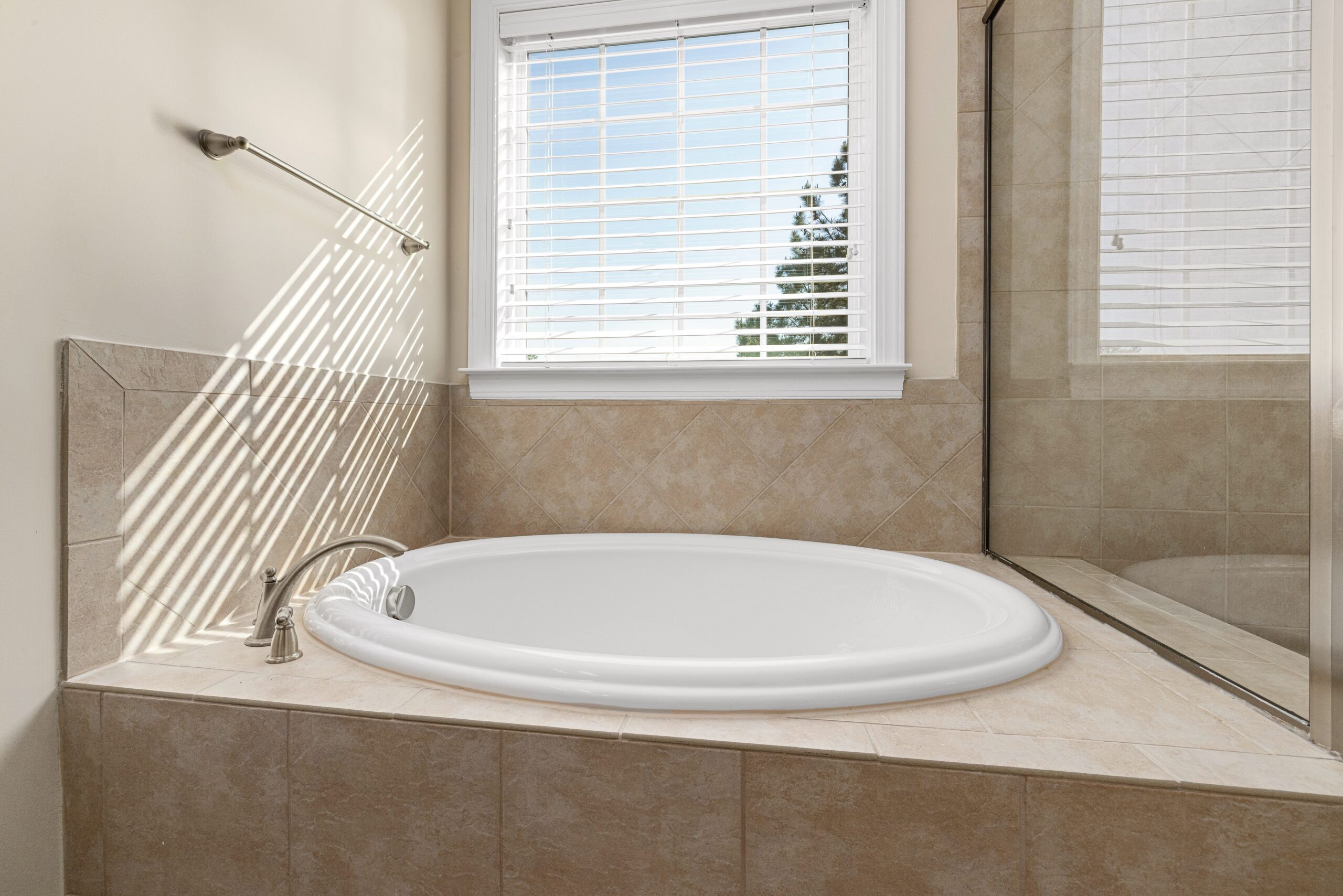Are you tired of the sun’s glare blinding you in your own home? Or maybe you just want to add some extra privacy to your living spaces. Whatever your reasons may be, window tinting is a great solution for both practical and aesthetic purposes. But before diving into this project, one question lingers: how much does it cost to tint windows? In this blog post, we’ll break down everything you need to know about window tints and provide 7 easy steps on how to do it yourself without breaking the bank! So sit back, relax, and let’s get started!
How Much Does it Cost to Tint Windows?
Window tinting costs can vary depending on several factors, such as the type of tint you choose, the size and number of windows to be tinted, and whether you hire a professional or do it yourself. Generally speaking, basic window films cost around $2 to $4 per square foot, while high-performance options can range from $5 to $15 per square foot.
The total cost also depends on the location where you live since some states have different laws regarding car and residential window tints. Additionally, hiring a professional installer may increase your expenses but could guarantee better results than doing it on your own.
If you’re planning to install window tints by yourself, keep in mind that DIY kits are available at any hardware store and usually cost between $100-$400 for an average-sized home. However, if this is your first time installing tints or dealing with complex shapes like curved windows or french doors, it’s best to leave this task to professionals who already have experience handling these types of installations.
In summary, there is no fixed answer when someone asks how much does it cost to tint windows? The price varies depending on several factors discussed above. If you’re looking for a budget-friendly option for small projects like a single-car window or bathroom mirror coverings – DIY film kits might work well – just make sure they fit precisely!

The Different Types of Window Tints
When it comes to window tints, there are various types available in the market. Each type has different features and benefits that cater to specific needs.
One of the most common types is dyed film. This type of tinting adds color to your windows while blocking out heat and UV rays. It’s a cost-effective option but doesn’t have much longevity compared to other options.
Metalized film is another popular option that consists of small metal particles embedded in the tinting material. It provides better insulation and reduces glare effectively, but it can interfere with cell phone reception or GPS signals.
Ceramic film, on the other hand, uses non-metallic ceramic particles instead of metals for its composition. It blocks out heat and UV rays without interfering with electronic devices’ signals, making it a more premium option.
There’s crystalline tinting that enables you to block out 99% of harmful UV rays without affecting visibility from inside or outside your home or car.
Choosing among these options depends on your preferences and budget constraints; consulting an expert can help ensure you get what you need specifically tailored towards your requirements!

The Pros and Cons of Window Tinting
Window tinting has become quite popular in recent years, but like any other home improvement project, it comes with its own set of pros and cons. Let’s take a look at some of them.
Pros:
1. Privacy: Window tinting can provide you with the privacy you need by blocking out prying eyes.
2. Energy Efficiency: Tinted windows help keep your home cooler by reducing heat gain during hot summer months, which ultimately reduces energy bills.
3. UV Protection: High-quality window tints block up to 99% of harmful UV rays that can cause skin cancer and fade furniture over time.
Cons:
1. Cost: The cost to tint windows varies depending on the number of windows and level of darkness desired, making it an expensive endeavor for larger homes or commercial properties.
2. Reduced Visibility: Darker tints may reduce visibility while driving or looking outside the window at night.
3. Difficulty Cleaning: Tinted windows require special cleaning techniques, as harsh chemicals or ammonia-based cleaners could damage the film over time.
Window tinting offers many benefits but also comes with drawbacks that should be considered before deciding whether to invest in this type of home improvement project.
How to Choose the Right Window Tint for Your Home
When it comes to choosing the right window tint for your home, there are several factors to consider. First and foremost is the purpose of your window tinting – do you want to reduce glare, heat or increase privacy? The type of film you choose will depend on what specific problem you’re trying to solve.
Next, consider the level of darkness or lightness that you would like for your windows. Tints come in varying degrees of shade, so decide if you prefer a lighter or darker look before making a selection.
Another important factor is the quality of the film itself. Look for high-quality materials that offer durability and longevity. Investing in a better product upfront will save money in replacements down the line.
Don’t forget about aesthetics! Window tints can add visual interest and curb appeal to your home’s exterior. Choose a tint that complements your home’s style and color scheme.
By considering these factors when choosing window tints for your home, you’ll be able to find the perfect solution tailored specifically to meet all of your needs.

The 7 Easy Steps to Tinting Your Windows
Tinting your windows can be a great way to protect your home from the sun’s harmful rays while also improving privacy. However, many people are intimidated by the process of tinting their own windows. The good news is that with a little bit of patience and attention to detail, tinting your windows can be a simple DIY project.
Step 1: Clean Your Windows
Before you begin applying the window film, it’s important to thoroughly clean your windows. Use a mixture of warm water and mild soap to remove any dirt or debris from the glass.
Step 2: Measure Your Windows
Measure each window that you plan on tinting so that you know how much film you will need. Be sure to measure both height and width, as well as any obstructions such as handles or locks.
Step 3: Cut the Film
Using your measurements, cut the window film slightly larger than needed for each window. You’ll trim off any excess later on in the process.
Step 4: Apply Solution
Spray a light mist of solution onto one side of the window film before applying it to the glass. This will help prevent bubbles from forming during installation.
Step 5: Apply Film
Carefully apply the film to one corner of the clean window, making sure it is straight and flush against all edges.
Step 6: Smooth Out Bubbles
Use a squeegee or credit card wrapped in cloth (to avoid scratching) to smooth out bubbles and creases in an outward motion towards edge areas until completely flat.
Step 7: Trim Excess Film
Use a sharp knife or blade along with ruler/straight edge tool for cutting away excess material around edges after smoothing out since now there won’t be unnecessary overlapping issues between frames/windowsill etcetera anymore.
By following these seven easy steps carefully ,you should end up with perfectly installed tints which will add beauty & comfort to your home along with privacy and protection from harmful UV rays.

Conclusion
Window tinting is an excellent way to enhance the comfort and privacy of your home while also reducing energy costs. However, it’s essential to choose the right type of film for your windows and ensure that you work with a professional installer who can guarantee high-quality installation.
When it comes to pricing, there are several factors that contribute to the overall cost of window tinting. The size and number of windows you want to be tinted, as well as the type of film you choose, will all affect how much you’ll end up paying.
By following these 7 easy steps and considering all relevant factors in advance, you can ensure a successful window tinting project that maximizes both aesthetics and functionality without breaking the bank. With proper care and maintenance, your newly-tinted windows will provide long-lasting benefits for years to come. So go ahead – get started on transforming your living space!






